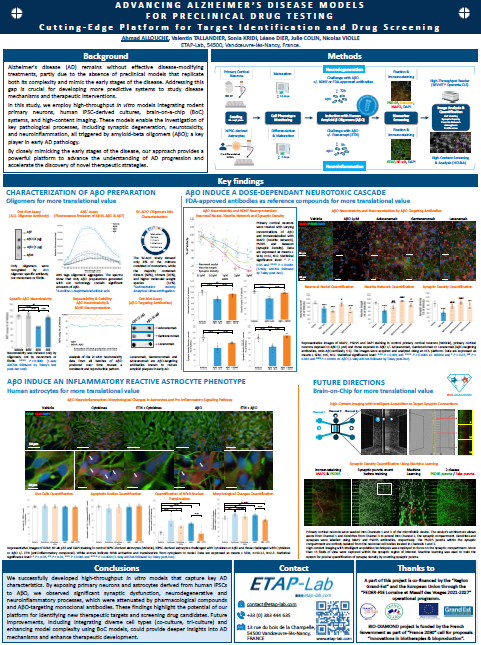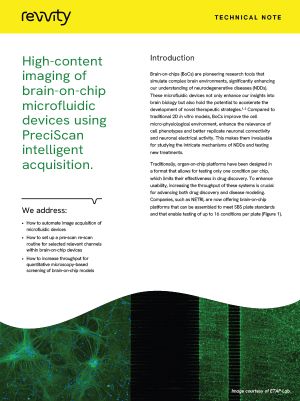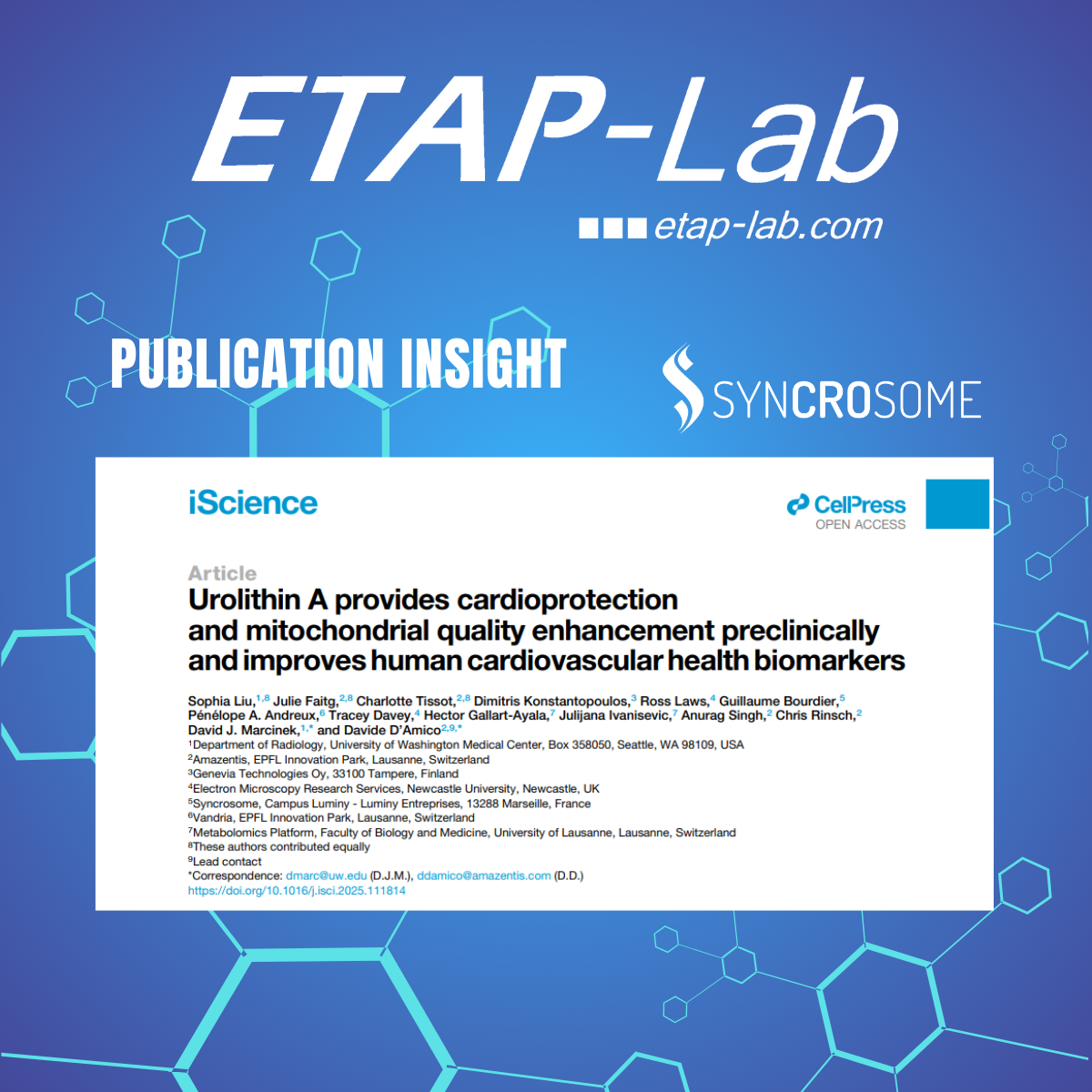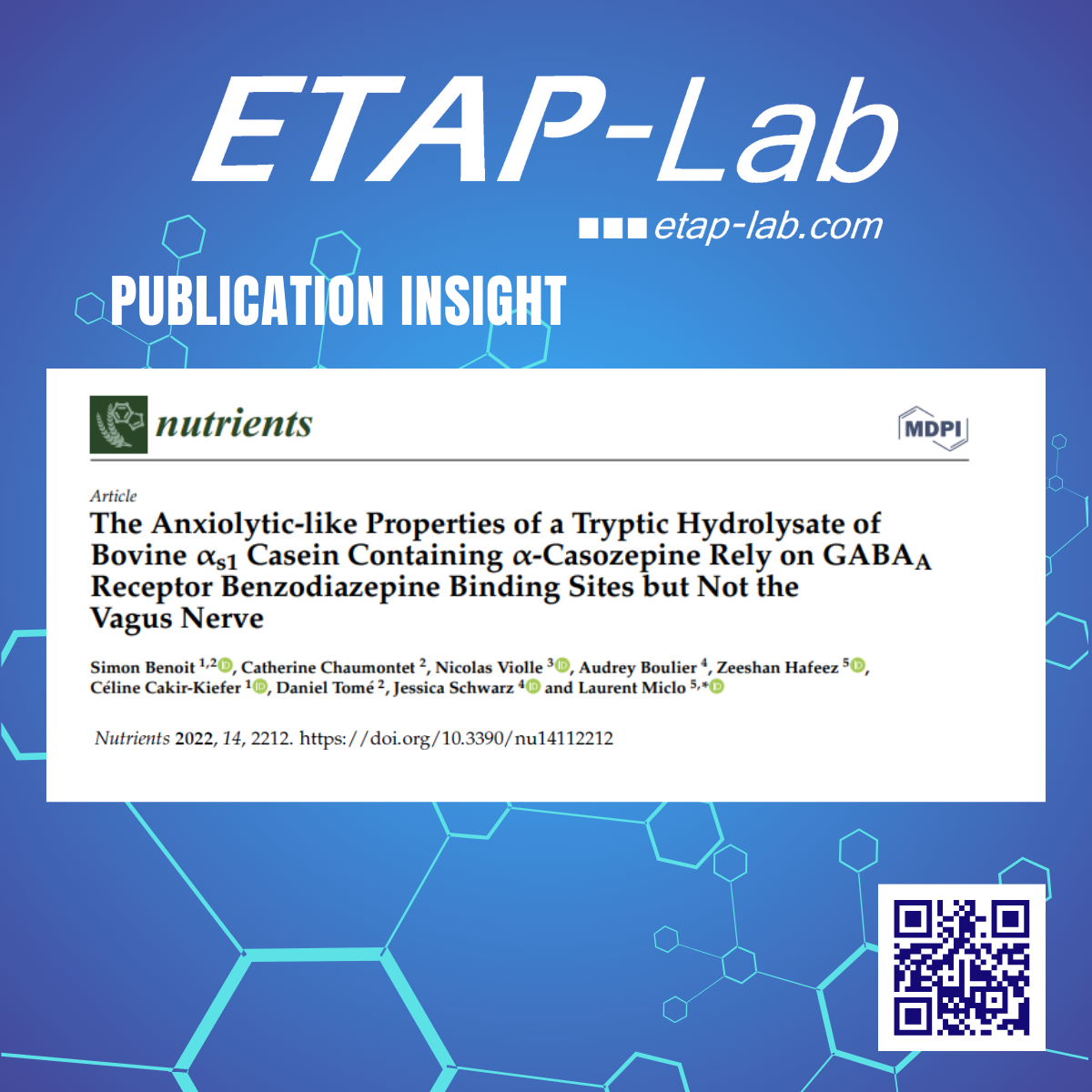Therapeutic effect of ACTICOA powder, a cocoa polyphenolic extract, on experimentally induced prostate hyperplasia in Wistar-Unilever rats
Bisson JF, Hidalgo S, Rozan P, Messaoudi M - 2007, J Med Food, 10:628-35.
Benign prostatic hyperplasia (BPH) is a non-malignant enlargement of the prostate that results in obstructive lower urinary tract symptoms. Plant extracts are frequently used to treat BPH rather than therapeutics that can cause severe side effects. ACTICOA() (Ba0rry Callebaut France, Louviers, France) powder (AP) is a cocoa polyphenolic extract, and we have shown in a previous study that oral treatment with AP prevented prostate hyperplasia. This study investigated whether AP could improve established prostate hyperplasia using the same testosterone propionate (TP)-induced prostate hyperplasia model in rats. Male Wistar-Unilever rats were randomly divided in four groups of 12 rats: one group injected with corn oil and orally treated with the vehicle (negative control) and three groups injected subcutaneously with TP and orally treated with the vehicle (positive control) or AP at 24 (AP24) and 48 (AP48) mg/kg/day. Treatments started 1 week after the start of the induction of prostate hyperplasia and lasted for 2 weeks. The influence of TP and AP on body weights, food and water consumptions, plasma polyphenolic concentration, and serum dihydrotestoterone (DHT) level of rats was examined. At completion of the study, rats were sacrificed, and the prostates were removed, cleaned, and weighed. The prostate size ratio (prostate weight/rat body weight) was then calculated. TP significantly influenced the body weight gain of the rats and their food and water consumptions, while AP reduced significantly these differences in a dose-dependent manner. AP significantly reduced serum DHT level and prostate size ratio in comparison with positive controls also dose-dependently. In conclusion, AP orally administered was effective for reducing established prostate hyperplasia, especially at the dose of 48 mg/kg/day.
Link to Pubmed





